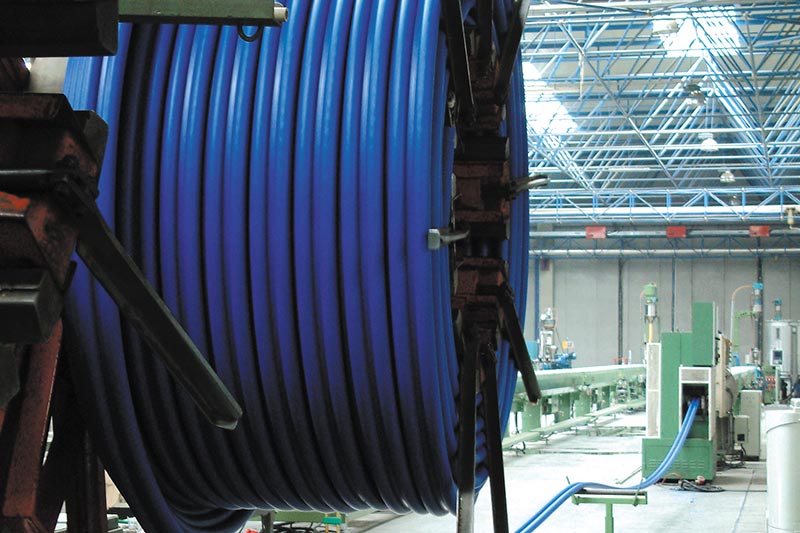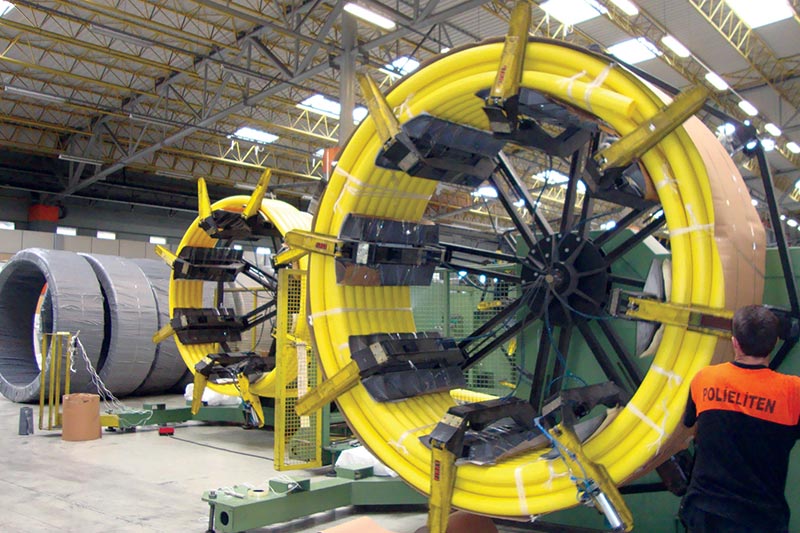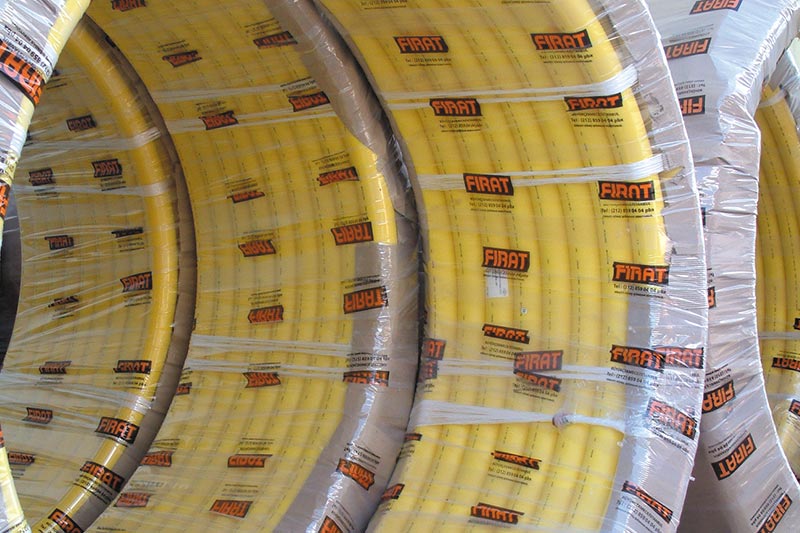Advancements in the technology ensured that important advancements were also realized in plastic raw material production. Low density polyethylene (PE 32-LDPE) which was developed in 1950’s were firstly used for potable water piping.
Coil pipe class polyethylene pipes, which are called PE 32 among polyethylene (PE) raw materials, are put out to procurement tenders in accordance with the Public Procurement Law (KİK), with the procurement item definition of a low density polyethylene (HDPE) or low density polyethylene (LDPE), especially by public institutions and municipalities. Municipalities use PE 32 coil pipes as subscriber connection. It is preferred by municipal workmen due to its high flexibility and softness when laying.
PE Pipes are produced in the form of high density PE pipe and spirally wound low density PE coil pipes. These pipes, which are also defined as flexible and soft polyethylene pipes, comply with TS EN 12201-2 standards.
Convenient, Easy Shipping, Stockpiling Advantage and High Performance
PE Coil Pipes are used in drinking water lines, agricultural irrigation as sprinkler irrigation pipes, transportation of chemicals of industrial production facilities and all kinds of liquid transportation processes. Coil Pipes are also preferred thanks to their easy shipping and stockpiling advantages.



Advantages of Polyethylene Piping
- They have high flexibility features. Thus, they ensure ease of installation. Elongation at break is minimum 350%.
- They are not affected from underground movements, they do not break.
- They have high impact resistance and rapid crack propagation resistance.
- Since they have low interior surface roughness, they ensure significant advantages while selecting diameter during project design.
- They are suitable for installing on sea bottom, they are not affected from sea water and sea movements.
- They do not have installation wastage thanks to the joining method.
- Black colored pipes are resistant to UV rays.
- They are not affected from harmful substances which are contained in the structure of soil that cause abrasive effects. Therefore, cathode protection is not required.
- They are resistant to chemical substances.
- They do not change odor and taste of water, therefore, fit for health.
- It is not possible for plant and tree roots to penetrate inside the pipes.


